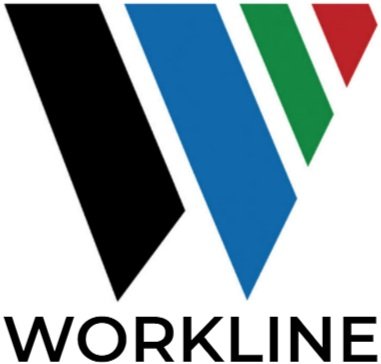One of the most important things a company can do is figure out how to handle their hiring needs. There are a few different ways to solve this problem. The 2 most common practices of finding new employees are temp to hire and direct hiring. The choice can be a challenging one for a variety of different reasons, and realizing this is a good step in the right direction. Discussing the differences and which one works best for you is where we come in. At Workline Solutions we offer both options, so sit back, relax, and let us help you figure out which one is best for you so we can get started right away and find the best fit for your business.
Temp to hire
There are a few reasons why you might pick using a temp to hire method over a direct hire. Temp-to-hire involves hiring a candidate on a temporary basis with the potential to be hired permanently if they meet certain criteria. This means that the employee is initially hired for a limited time period, such as three to six months, during which they are evaluated on their performance, work ethic, and cultural fit. If the employer is satisfied with the employee's performance, they may be offered a permanent position. A few of the reasons as to why a temp to hire might be best for you are
You have a project that requires help to be finished on time
You have a project that requires a set of skills you don’t currently have
You have a temporary position open due to an extended leave of another
You want to get to know the candidate before hiring them on full time
It isn’t as one sided as it may appear at first glance either. There are several reasons for a candidate to seek out a temp to hire opportunity also, and they are as follows…
A way to check if the position or company is a good fit
Opportunity for resume improvement
It can potentially be a win-win for both parties to start this way before making life changing decisions about a new career path. There are many reasons on both sides where this can be beneficial. Your company might not need a full time staff member at the moment, but you are open to the idea. You can think of it as an opportunity for both parties to make sure all required values line up on both sides before making the commitment. A true trial period. It allows there to be an opportunity to make sure it is a right fit culturally with the rest of the staff while being able to fulfill job requirements. This trial period also reduces the amount of financial risk by not needing to be offered a full time salary, PTO, benefits and more right away. Not having a financial commitment can be very beneficial to many companies.
Direct Hire
Direct hire, as the name suggests, involves hiring an employee directly for a permanent position. This means that the employee is hired by the company for a long-term position with the intention of retaining them for the foreseeable future. Direct hires are typically recruited through job postings, employee referrals, or recruitment agencies, and are subject to a thorough screening process that may include interviews, background checks, and reference checks. Having a staffing agency fill these positions is a huge benefit for many many companies. With todays workforce hiring alone is a full time job. So having a team in your corner that is technically not on your payroll AND has years and years of hiring experience creates efficiency. Efficiency creates revenue. A few main reasons to use this method are…
A larger candidate pool
Your inhouse team keeps focusing on other tasks
Open positions filled quickly
Won’t need to hire as frequently
Figuring out what method of hiring is right for your company can be tricky. Both temp to hire and direct hire solutions have their place. Sometimes the right choice at one point in time won’t be the best choice at another. Working with an agency who can guide you to what YOUR best answer is is key. Workline specializes in just that. Understanding what your company needs and making sense of your current pain points is where we thrive.

